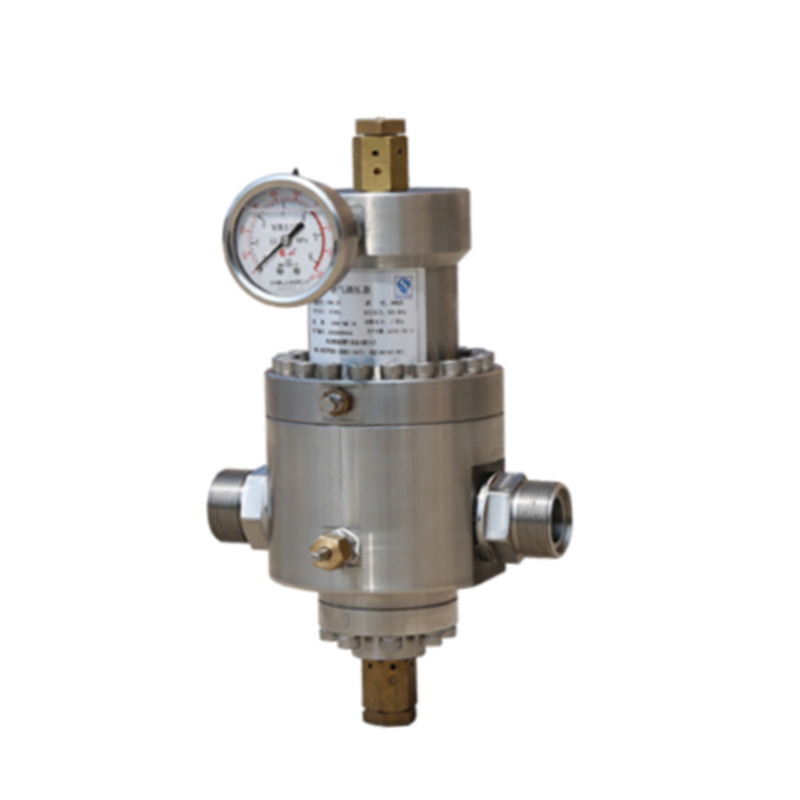
Dec . 13, 2024 01:35
Back to list
gas filter separator
Understanding Gas Filter Separators An Essential Component in Gas Processing
Gas filter separators are critical equipment used in the oil and gas industry, specifically in the processing and treatment of natural gas. Their primary purpose is to remove liquid contaminants, solid particles, and other impurities from gas streams, ensuring that only clean gas is delivered for further processing or transportation. This article will explore the function, design, and importance of gas filter separators in the gas processing industry.
What is a Gas Filter Separator?
A gas filter separator is a mechanical device that combines the functions of filtration and separation. It primarily serves to separate gas from its liquid and solid impurities, including water, hydrocarbons, and particulate matter. This is vital for maintaining the quality of natural gas and protecting downstream equipment from damage that could be caused by contaminants.
The operation of a gas filter separator can be broken down into several key stages the inlet stage, where gas enters the separator; the filtration stage, where contaminants are removed; and the separation stage, where clean gas is collected for further processing
.The Working Mechanism
Gas filter separators utilize gravity and centrifugal forces to achieve effective separation. When gas enters the separator, it is subjected to a decrease in velocity, causing larger liquid droplets and particulate matter to coalesce and settle at the bottom of the separator. This design ensures that the lighter gas rises to the top, enabling it to exit through the gas outlet.
Filtration elements within the separator play a crucial role in capturing smaller impurities that might not settle out through gravity alone. These filter elements can be made from various materials, such as metal or synthetic fibers, depending on the specific requirements of the application. Periodic maintenance and replacement of these elements are important to ensure optimal performance.
gas filter separator

Design and Variants
Gas filter separators are available in various designs, tailored to meet specific applications in the gas processing industry. Common configurations include vertical and horizontal separators. Vertical separators are often preferred for their compact design, making them suitable for limited space environments. In contrast, horizontal separators typically offer higher liquid holding capacity and might be better suited for processes with larger volumes of liquid contaminants.
Innovative designs have also led to the development of coalescing filter separators, which enhance liquid removal efficiency. In these systems, coalescing media facilitate the combination of small droplets into larger ones, accelerating the separation process. This technology is particularly beneficial in natural gas applications where water and hydrocarbon liquid removal are paramount.
Importance in the Industry
The reliability and efficiency of gas filter separators directly impact the overall safety and productivity of gas processing operations. By removing impurities, these devices help prevent corrosion, erosion, and fouling of equipment downstream. This not only extends the lifespan of compressors and pipelines but also reduces maintenance costs and downtime.
Moreover, the presence of impurities in gas can lead to regulatory non-compliance regarding emissions. Utilizing gas filter separators helps operators meet environmental standards and ensures that the gas delivered to consumers is of a high quality. This is increasingly important in the current climate of heightened environmental awareness and regulatory scrutiny.
Conclusion
In conclusion, gas filter separators play an indispensable role in the natural gas industry. By effectively removing contaminants from gas, they help protect equipment, ensure regulatory compliance, and enhance the quality of natural gas. As technology continues to advance, the design and efficiency of gas filter separators are expected to improve, further solidifying their importance in the gas processing sector. Understanding the function and significance of these devices is crucial for industry professionals and organizations seeking to optimize their operations and maintain high standards of safety and quality.
Latest news
-
Safety Valve Spring-Loaded Design Overpressure ProtectionNewsJul.25,2025
-
Precision Voltage Regulator AC5 Accuracy Grade PerformanceNewsJul.25,2025
-
Natural Gas Pressure Regulating Skid Industrial Pipeline ApplicationsNewsJul.25,2025
-
Natural Gas Filter Stainless Steel Mesh Element DesignNewsJul.25,2025
-
Gas Pressure Regulator Valve Direct-Acting Spring-Loaded DesignNewsJul.25,2025
-
Decompression Equipment Multi-Stage Heat Exchange System DesignNewsJul.25,2025

